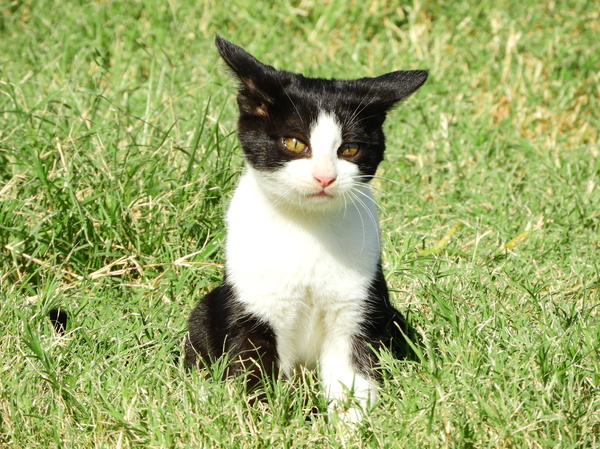Cat Litter: A Short History and Advancement
Cat Litter: A Short History and Advancement
Blog Article

Cat litter and litter boxes play a pivotal role in the lives of both felines and their owners. From the modest starts of sand and soil to the ingenious advancements of today, the world of cat litter has progressed substantially. In this comprehensive guide, we look into every aspect of cat litter and litter boxes, exploring their history, types, benefits, difficulties, and everything in between.
The history of cat litter dates back centuries, with ancient civilizations using sand, soil, and even ashes as primitive litter materials. However, it wasn't until the mid-20th century that contemporary cat litter as we understand it emerged. In 1947, Edward copyright introduced the world's first commercial cat litter made from absorbent clay, transforming the way cats relieved themselves indoors. Because then, cat litter has undergone numerous transformations, with the introduction of clumping litter, silica gel litter, biodegradable options, and more.
Today, feline owners are ruined for option when it pertains to choosing the best litter for their feline companions. Conventional clay litter remains popular for its affordability and efficiency in taking in odors. Clumping litter, which forms solid clumps when wet, simplifies cleansing and upkeep. Silica gel litter, made up of highly absorbent silica crystals, offers superior smell control and durability. Naturally degradable choices, such as recycled paper, wood pellets, corn, and wheat, appeal to environmentally mindful customers.
Each type of cat litter offers special benefits. Clay litter masters its ability to soak up wetness and control odors, making it a dependable option for lots of cat owners. Clumping litter simplifies day-to-day scooping and extends the time in between complete litter modifications. Silica gel litter offers exceptional smell control and can last longer in between replacements. Naturally degradable litters offer a sustainable option that reduces ecological impact.
While cat litter enhances indoor feline hygiene, it is self cleaning cat litter box not without its challenges. Dust from clay litter can posture respiratory threats for both cats and human beings, triggering the popularity of dust-free options. Some cats might develop litter box aversion due to problems with texture, scent, or tidiness, requiring experimentation with various litters and box setups. Multi-cat households might require tactical litter box placement and regular maintenance to avoid territorial conflicts and make sure all cats have access to tidy facilities.
Choosing the appropriate litter box is vital for promoting positive litter box routines and overall feline wellness. Factors to think about include size, ease of access, and design preferences. Covered litter boxes supply privacy and aid include smells, but some felines might find them restricting or intimidating. Open-top litter boxes use easy access and presence however may result in more litter scatter. Automatic self-cleaning litter boxes simplify upkeep but need regular tracking and cat litter upkeep.
Correct litter box maintenance is crucial for guaranteeing a clean and welcoming environment for both felines and their owners. Daily scooping removes waste without delay, reducing odor and dissuading litter box hostility. Routine litter replacement, typically every 1-2 weeks, prevents bacterial accumulation and maintains ideal wood pellets cat litter absorbency. Extensive cleansing with moderate cleaning agent and water, avoiding harsh chemicals that might hinder cats from using the box, must be carried out monthly.
Cat litter and litter boxes play a central role in promoting a healthy and unified relationship in between cats and their human companions. With a diverse variety of litter options and litter box designs offered, cat owners have the flexibility to tailor their choices to fit their felines' choices and household needs. By understanding the development, types, advantages, and obstacles of cat litter and litter boxes, family pet owners can provide their feline friends with a comfortable and hygienic indoor environment.